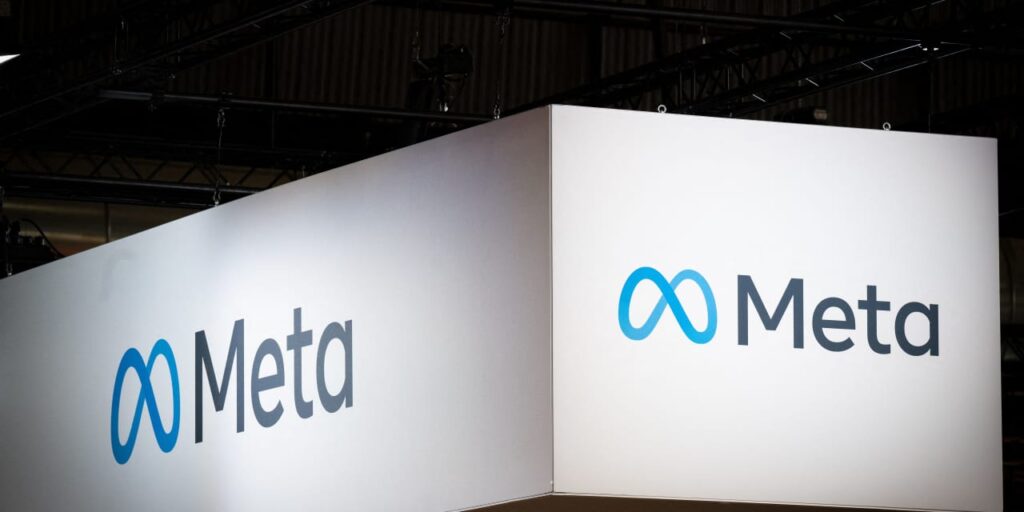In recent quarters,
Meta
Platforms CEO Mark Zuckerberg has been talking more about artificial intelligence and cost cutting, while focusing less and less on the company’s multibillion-dollar investment in the metaverse. Expect more of the same when the parent of Facebook, Instagram, WhatsApp, and Threads reports results after the close Wednesday.
But the real story at Meta is simply a rebound in good old-fashioned digital advertising.
There are many moving parts right now in the Meta (ticker: META) story, but advertising still accounts for most of the company’s revenue. Driven by expected 21% growth in ad revenue, the Street projects Meta will post September quarter sales of $33.5 billion, up 21% from a year ago, with profits of $3.61 a share, up from $1.64 in the year-ago period, per FactSet. The company’s guidance called for revenue of between $32 billion and $34.5 billion.
For the December quarter, consensus estimates call for revenue of $38.7 billion, up 20%, with profits of $4.81 a share.
Meta shares have rallied 162% this year, driven largely by the company’s “year of efficiency” push to reduce costs and boost margins, which has included more than 20,000 job cuts since last November. In reporting results for the June quarter, Meta also slashed its full-year 2023 capital spending budgets to a range of $27 billion to $30 billion, from a previous forecast of $30 billion to $33 billion, citing savings in non-AI servers, among other things.
But it expects capital spending to grow in 2024 from 2023 levels, driven by investments in data centers and related servers to support its growing portfolio of AI software. And the company warned last quarter that it sees losses in its Reality Labs unit—which includes Quest headsets and its Horizon metaverse business—increasing this year from 2022. Meta has said losses in that business will “increase meaningfully” yet again in 2024 due to product development work in augmented and virtual reality.
Evercore ISI analyst Mark Mahaney asserts in a research note previewing the quarter that advertising channel checks find “stable to modestly accelerating spending trends,” with “consistently bullish sentiment from advertisers on Meta’s momentum.” He adds that all the factors that weighed on the stock last year—including monetization of its Reels short-video service and ad targeting and measurement—have become tailwinds for the stock.
Mahaney thinks the company will maintain or modestly trim its overall expense outlook for the year, while maintaining its capital spending forecast. He also thinks the company will offer an initial look at 2024 spending. He sees total expenses in the $100 billion to $105 billion range, with capital expenditures of $35 billion to $38 billion. If Meta can keep expense growth tight, Mahaney writes, Meta can turn the Year of Efficiency into “years of efficiency.”
On operating metrics, Mahaney looks for 3.01 billion monthly active users, up 2%, with 2.02 billion daily active users, likewise up 2%.
Meta has been investing heavily in AI, which the company is using in its own products to improve content and advertising targeting. The company also recently launched Meta AI, its own chatbot, which is incorporated into Instagram and other Meta services, and it unveiled a family of 28 chatbots with personalities modeled on various celebrities. Expects will have many questions on the company’s earnings call about both AI related costs and the company’s monetization strategy for its substantial AI infrastructure investments.
You can also expect analysts to press the company on monetization plans for Threads, the company’s competitor to X, the platform formerly called Twitter.
Write to Eric J. Savitz at [email protected]
Read the full article here



